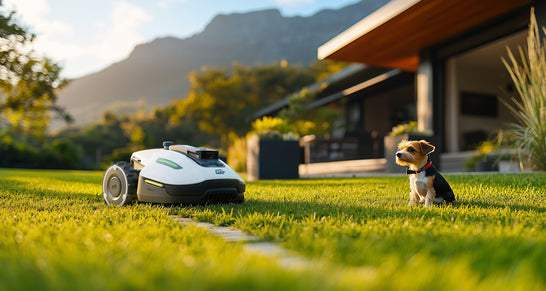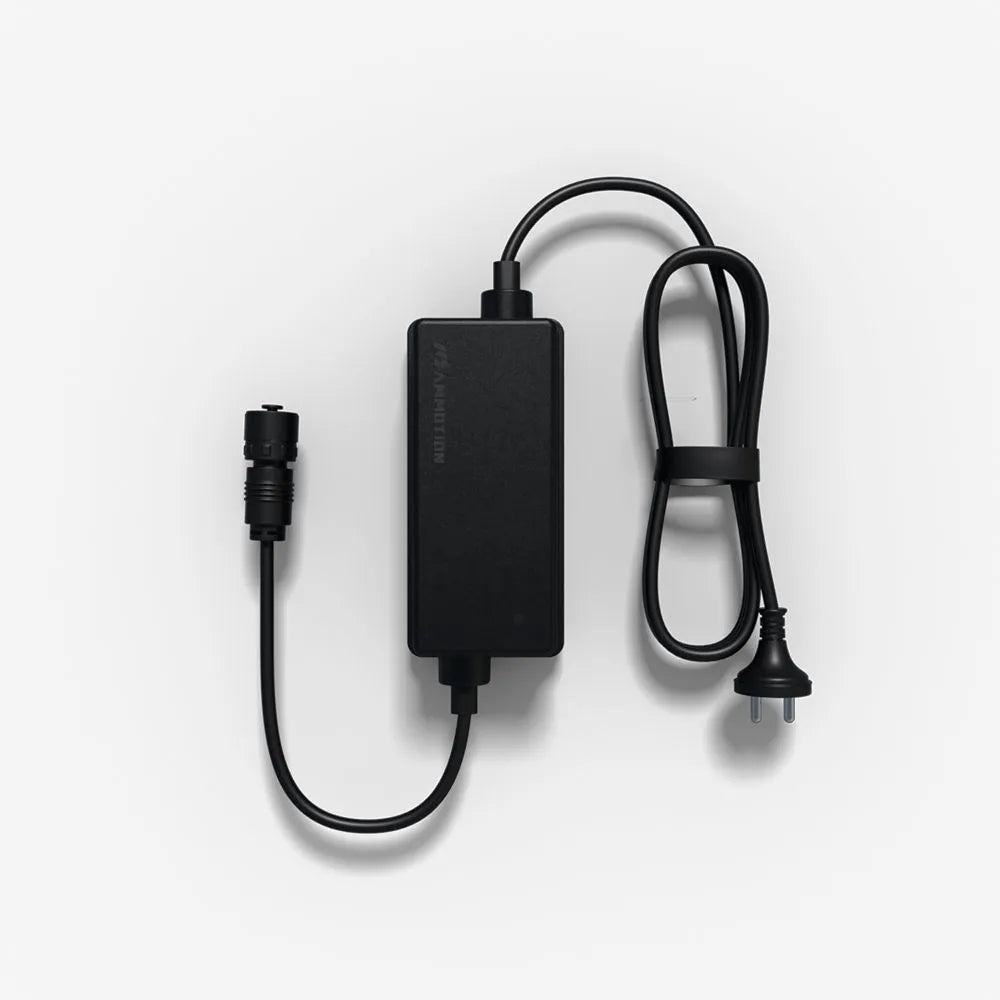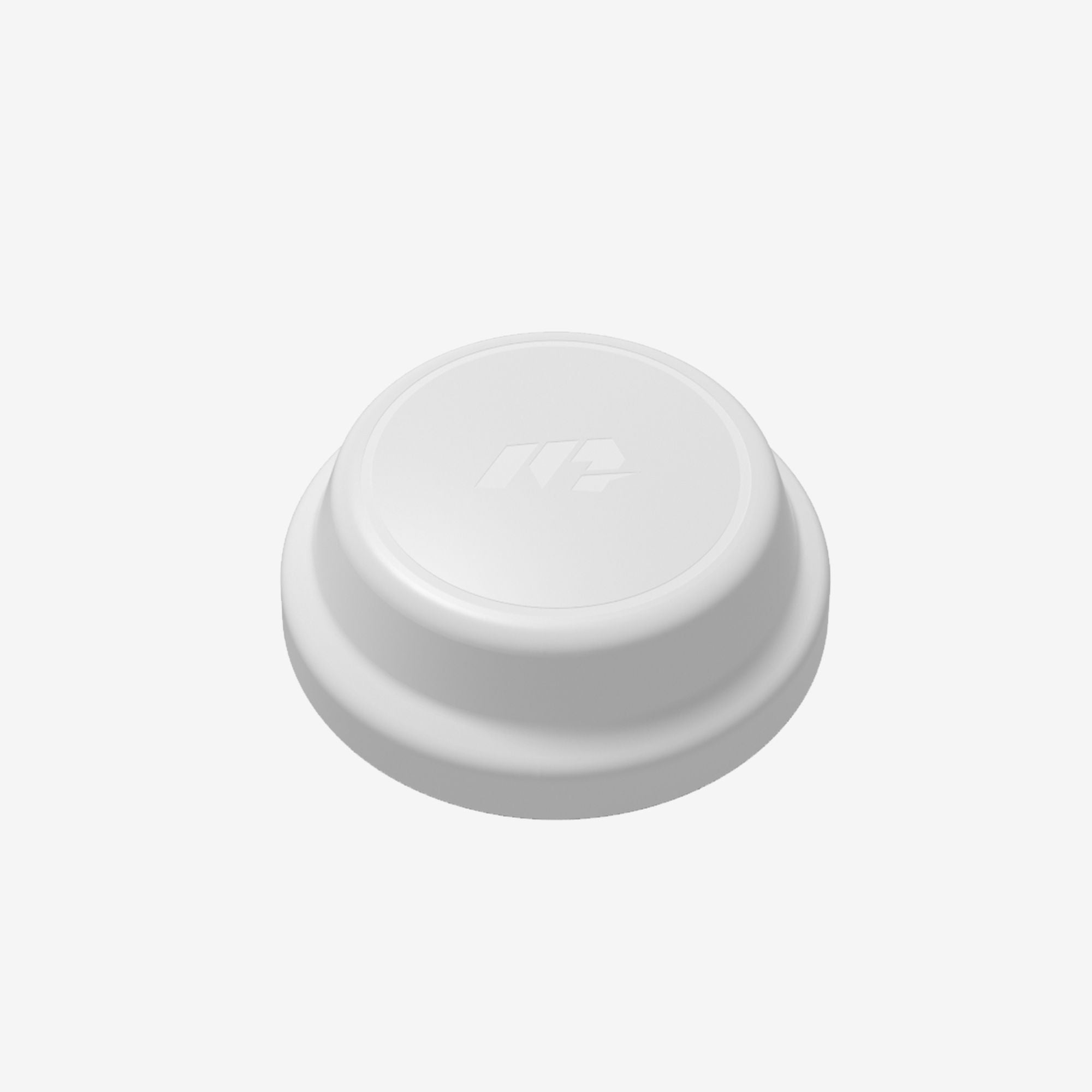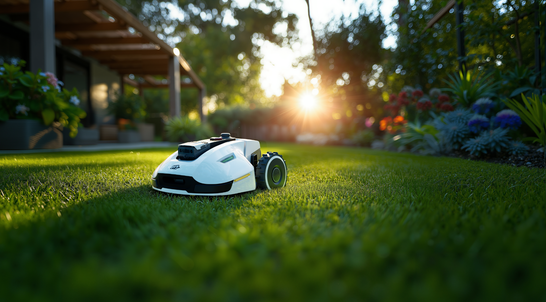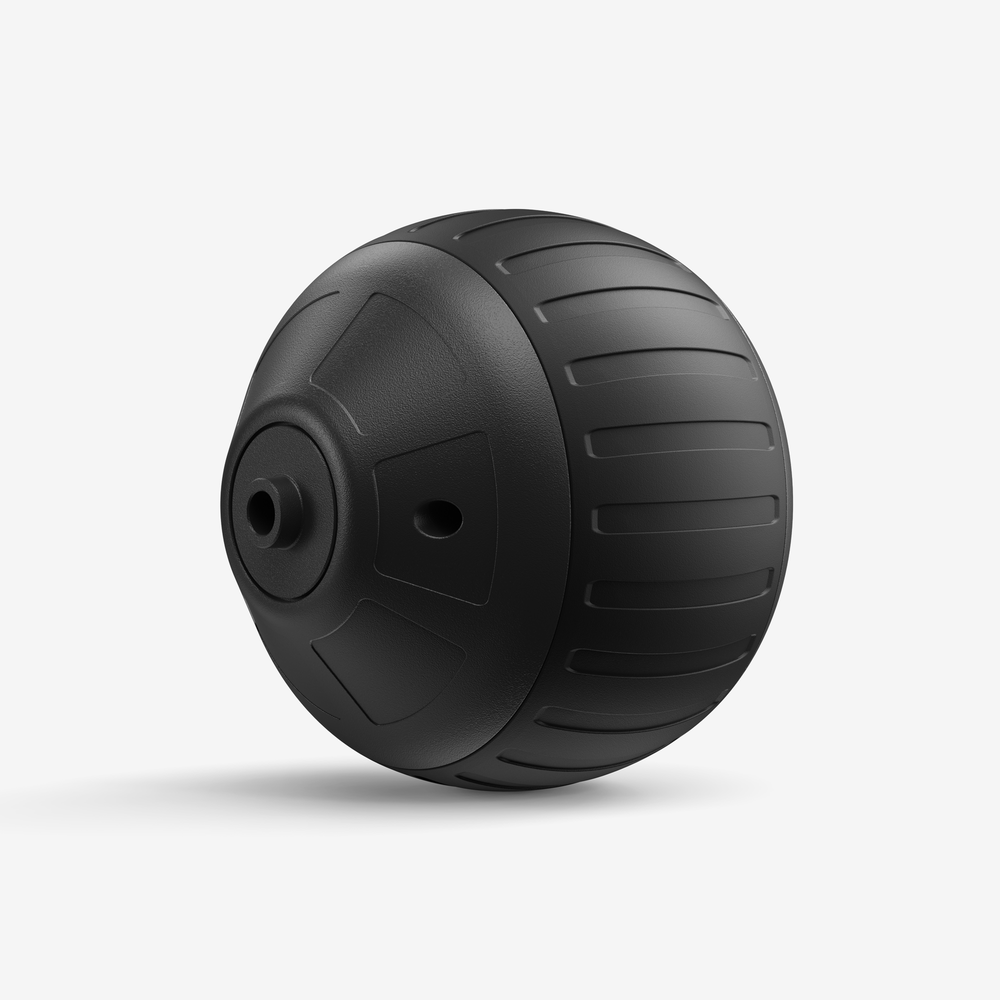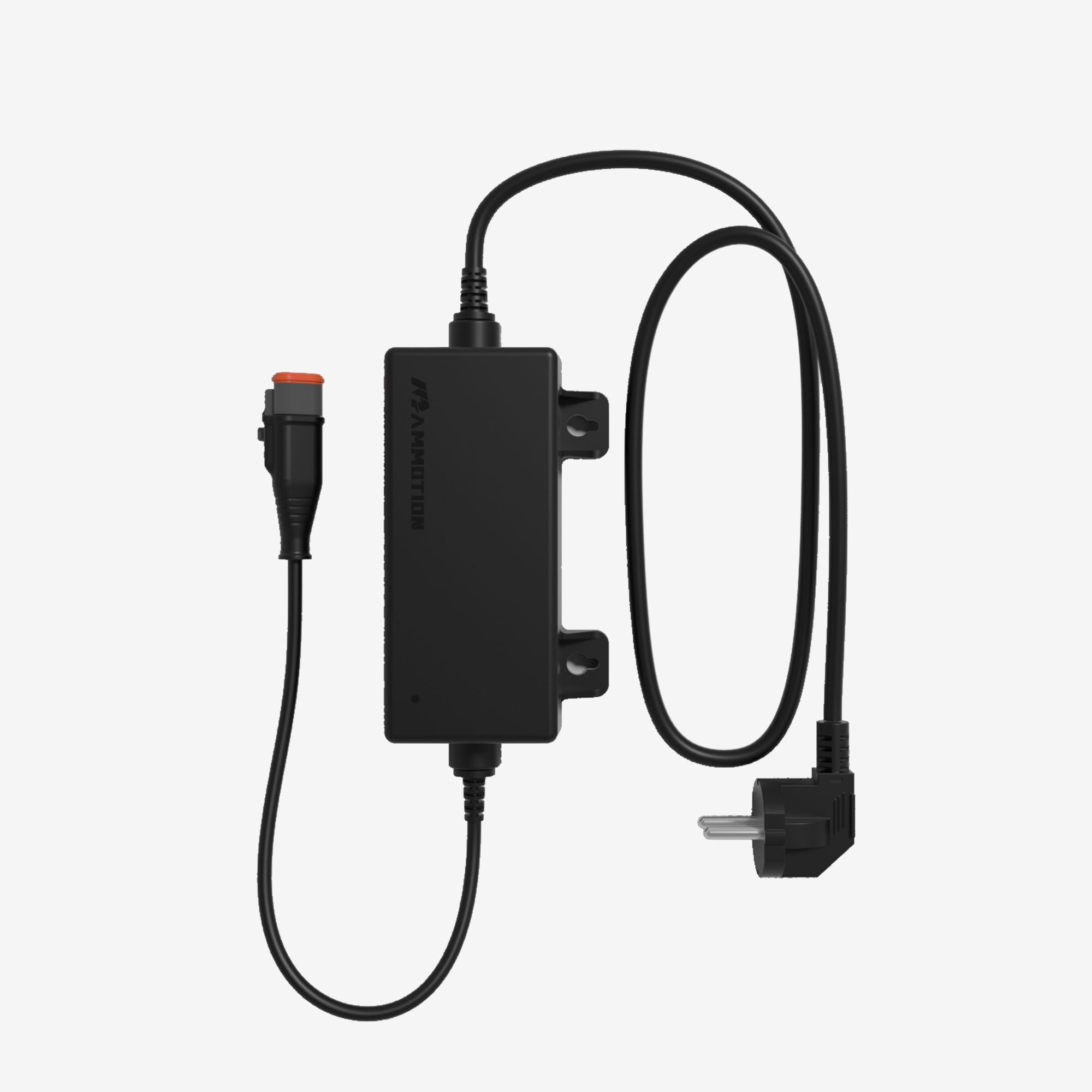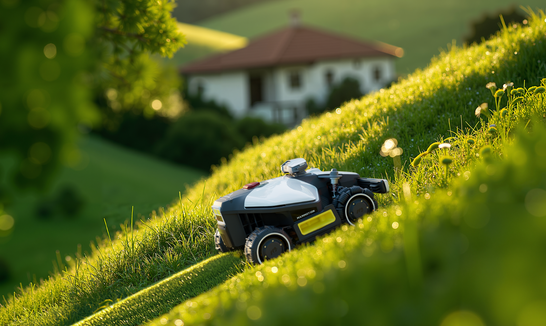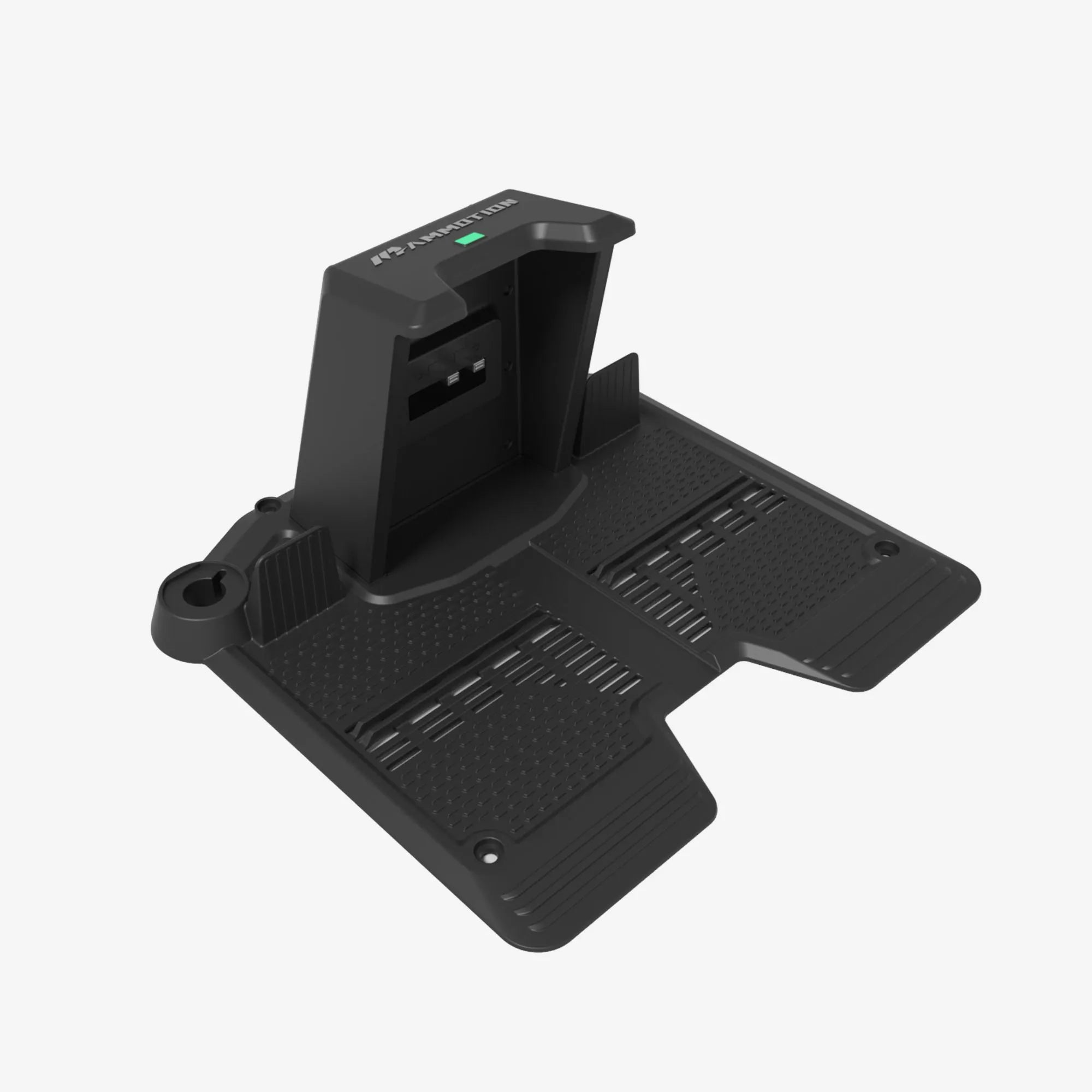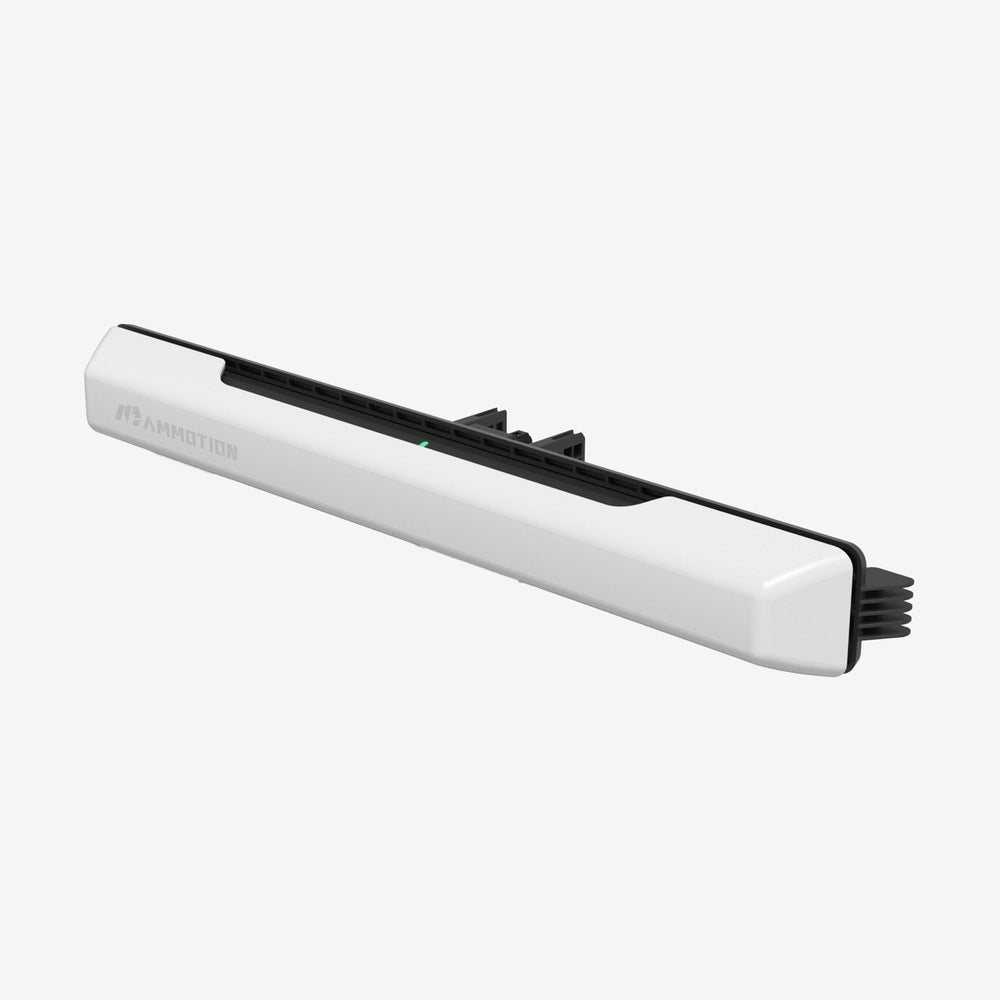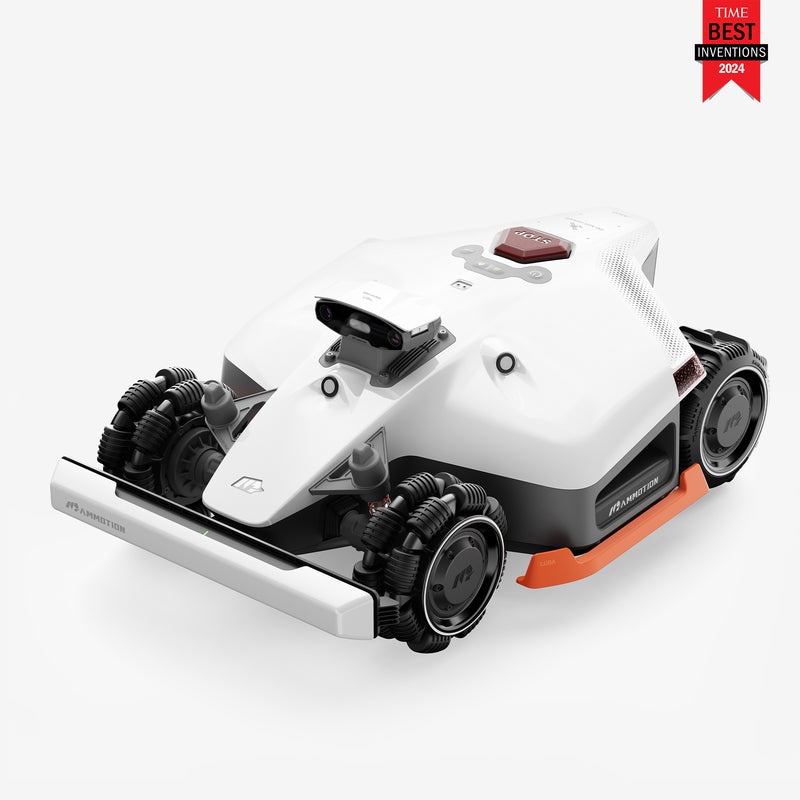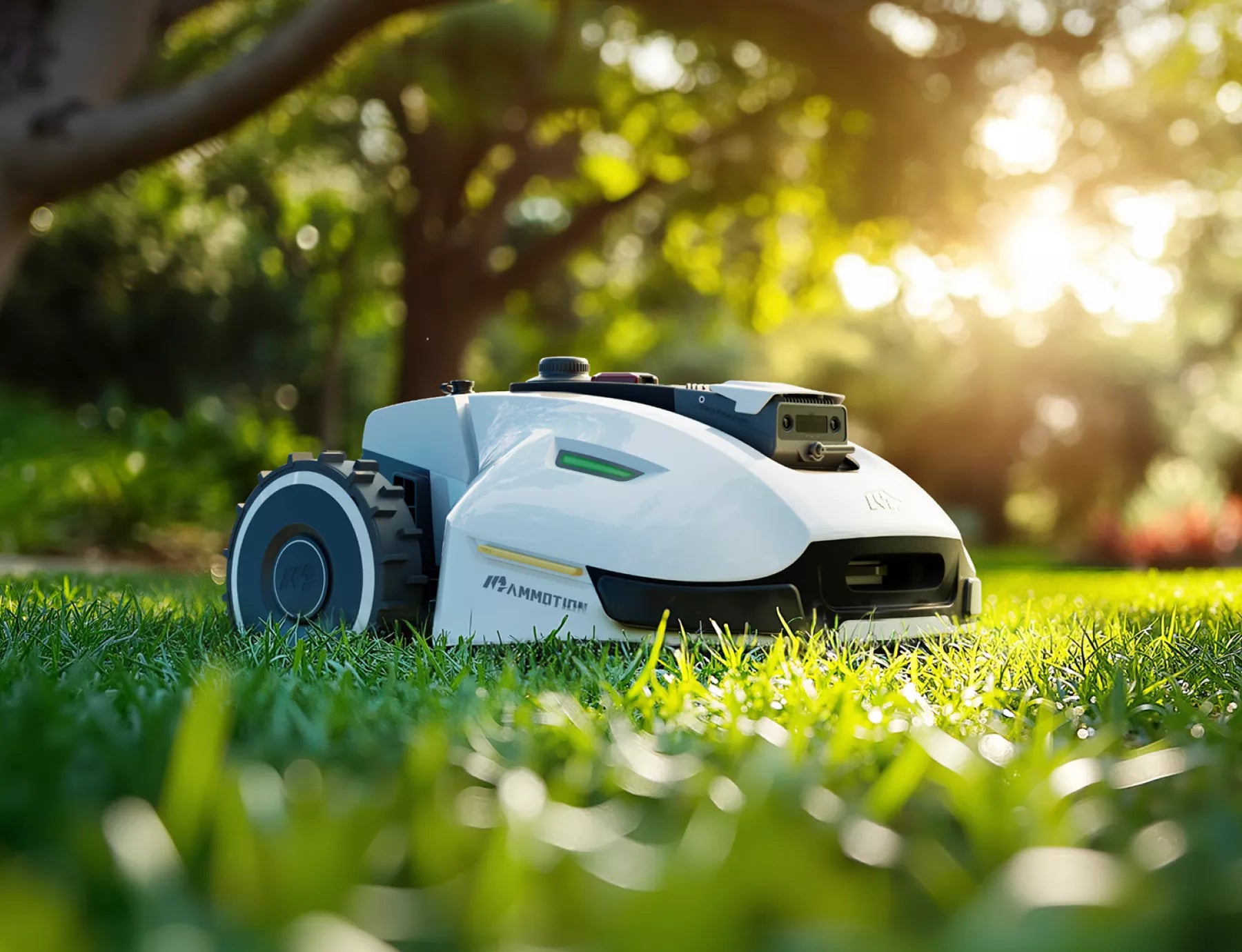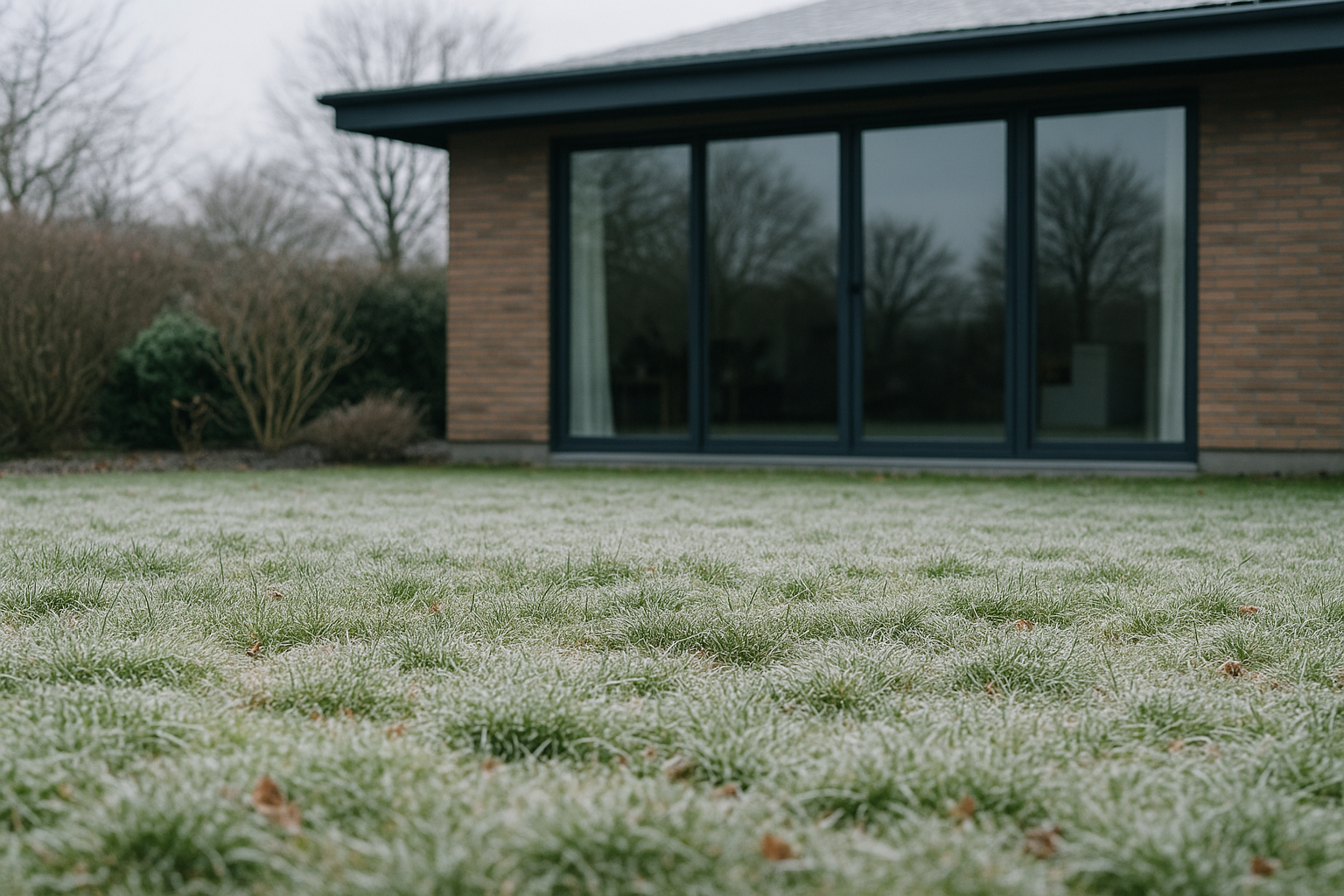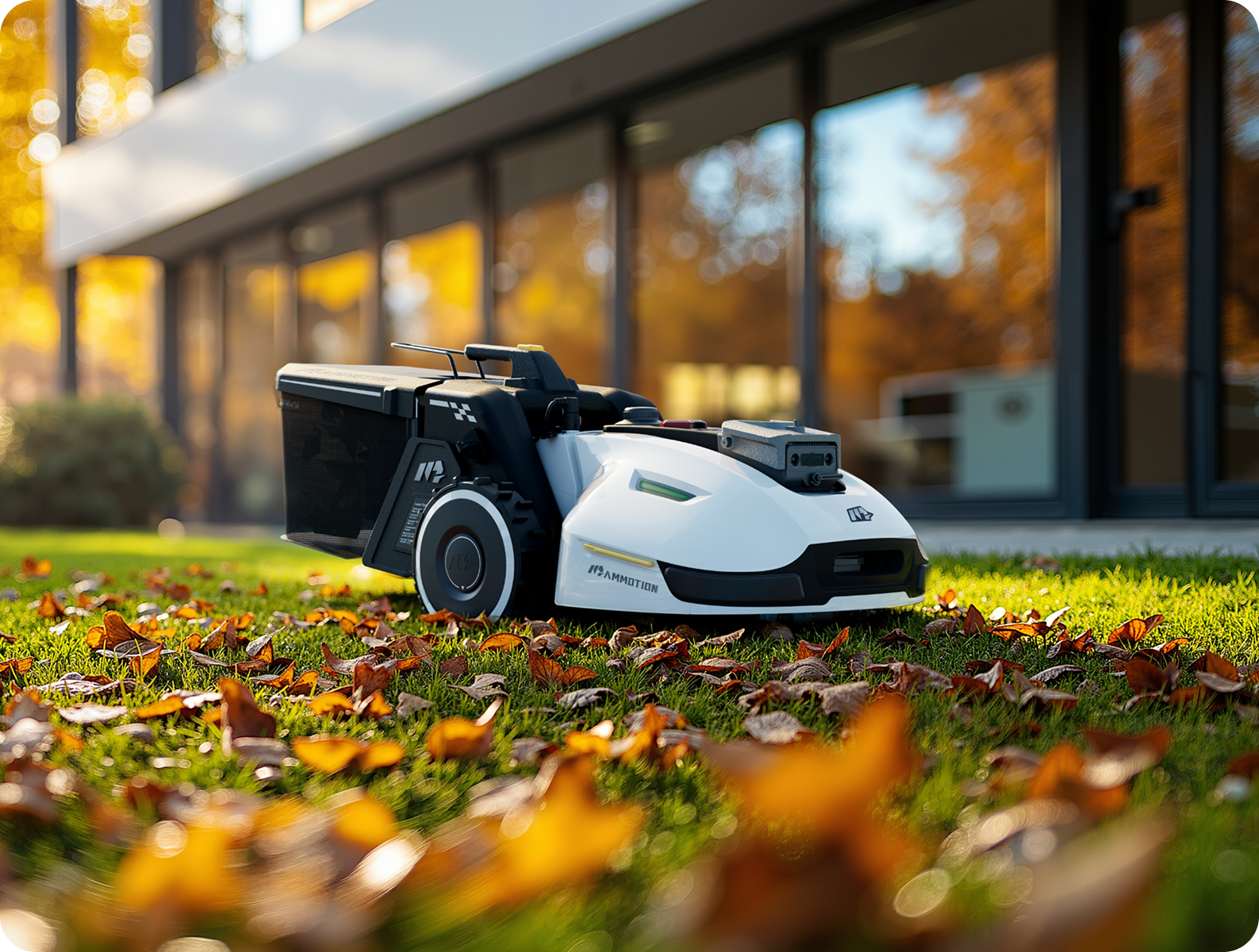Laying new turf instantly transforms a patchy garden into a lush, green space — but one of the first questions UK homeowners ask is: when should you mow new turf? Timing your first cut is more important than it seems.
In this guide, we’ll walk you through exactly when and how to mow new turf for the first time, ensuring your lawn establishes strong roots and keeps that perfect striped finish all year round.
Whether you’ve just laid fresh turf this spring or are planning a full garden revamp, these expert tips will help you achieve a smooth, healthy, and resilient lawn — ready for that first satisfying mow and beyond.
Part 1. Why Timing Your First Mow Matters
The best time to mow new turf is when it’s fully rooted and 8–10 cm tall — usually after 2–4 weeks. Mowing too early damages roots, while waiting too long weakens grass and makes cutting harder.
1. Why the Right Timing Is Crucial
After investing time and money in laying new turf, it’s natural to want that first trim as soon as you see lush green growth.But mowing too early can pull up turf that hasn’t rooted properly, leaving bare patches or uneven colour.
On the other hand, mowing too late allows blades to grow tall and floppy, which shades lower leaves and encourages thatch buildup.
Example: A homeowner in Kent laid premium turf in early April. By mid-April, they noticed rapid growth and were eager to mow. Performing a quick “tug test,” they found the turf lifted slightly — a clear sign roots weren’t ready. Waiting another 10 days made all the difference: after the first cut, the lawn thickened beautifully within two weeks.
2. How Long Does New Turf Take to Root
Every turf roll needs time to bond with the soil beneath.
In the UK climate, rooting usually takes:
| Season | Rooting Time | Conditions |
|---|---|---|
| Spring / Summer | 2–3 weeks | Warm and moist soil promotes fast rooting |
| Autumn | 3–4 weeks | Cooler weather slows growth |
| Winter | 4–6 weeks+ | Dormant period; wait longer before mowing |
During this stage, grass blades are delicate and easily stressed.
If you mow before roots anchor, the mower’s suction can lift entire strips of turf — leading to dead patches and uneven texture.
3. The Ideal Grass Height for the First Cut
According to the Royal Horticultural Society (RHS), you should only mow new turf once it’s:
- Firmly rooted (passes the tug test )
- Reached 8–10 cm (3–4 inches) in height
For the first mow:
- Cut no more than one-third of total length
- Example: if grass is 9 cm tall, trim it to about 6 cm
- Keep blades sharp and avoid heavy mowers
This gentle first trim encourages side growth and strengthens the base of the lawn.
4. Environmental Benefits of Proper Timing
Mowing at the correct time isn’t just about appearance — it also improves turf health and water efficiency:
- Healthy turf develops deeper roots and holds moisture better.
- Even growth reduces soil compaction and resists drought.
- Premature mowing causes shallow roots and dry, compacted soil that struggles to absorb water.
By waiting until the turf has properly rooted and reached the right height, you’ll promote dense, even growth that lasts. Knowing when to mow new grass isn’t just about timing — it’s about laying the foundation for a strong, low-maintenance lawn that stays greener for longer.
Part 2. How to Mow New Turf Safely (Step-by-Step)
Your first mow sets the tone for your lawn’s long-term health. Wait until your turf is fully rooted and dry, use a high cutting height, and take it slow — gentle trimming encourages thicker, greener grass that lasts all season.
Step 1. Prepare Before You Start
Think of mowing new turf as giving a fresh haircut — you want to trim, not scalp.
Before you mow:
- Confirm your turf has rooted firmly (it shouldn’t lift when pulled).
- Wait until the surface is completely dry — moisture causes blades to tear.
- Check your mower: sharp blades only! Dull edges rip tender grass.
- Remove any pebbles or twigs to avoid damaging roots.
💡 Pro tip: Lightweight mowers or robotic models such as the Mammotion LUBA 2 AWD reduce soil compaction — a major problem in newly laid lawns. Their even weight distribution and auto-height sensors make them ideal once your turf has fully rooted.
Step 2. Set the Right Mowing Height
Your first mow should be cautious. According to the Royal Horticultural Society (RHS), new turf should only be cut once it reaches 8–10 cm (3–4 in) and is well established.
| Grass Height | Mower Height Setting | Action |
|---|---|---|
| 8–10 cm | Highest | Safe for the first mow |
| 10–12 cm | High | Trim lightly, mow again in a week |
| > 12 cm | High → Medium | Cut gradually in two sessions |
Golden Rules:
- Never remove more than one-third of total length.
- Mow on a dry, mild day.
- Empty the collector regularly to prevent clumps.
Step 3. Mow Smoothly and Evenly
- Take your time. Push the mower in straight, overlapping lines, overlapping each pass by about 5–10 cm.
- Start from the edges and work inward. Avoid fast turns or jerky movements — those can lift the turf.
- If your mower struggles or leaves track marks, stop immediately; your lawn may still be too soft.
Most homeowners don’t realize that early soil compaction from heavy equipment can reduce aeration by up to 25%, making it harder for roots to absorb oxygen and nutrients. Using a lighter mower — or delaying the first mow by a few days — can make a huge difference in long-term turf resilience.
Step 4. Post-Mowing Recovery
Once you finish:
- Lightly water the turf to help recovery and reduce stress.
- Avoid walking on it for 24–48 hours.
- If any corners have lifted, gently press them back down with your foot.
- Hold off fertilising for at least 7–10 days; fresh cuts make grass sensitive to nitrogen burn.
Remember: The way you treat your lawn after the first mow of new grass determines how quickly it thickens and evens out. Gentle, frequent maintenance is far better than aggressive trimming.
Part 3. Careful Lawn Care After the First Cut
Once your turf has survived its first mow, you’ve cleared the biggest hurdle — but consistent care is what turns a decent lawn into a showpiece.
Maintain a steady mowing schedule, adjust height gradually, and follow season-based care routines to keep your grass healthy year-round.
1. Establish a Regular Mowing Schedule
After the first cut, your turf will start growing faster as roots deepen and blades strengthen.
To maintain even coverage:
| Season | Mowing Frequency | Ideal Cutting Height | Notes |
|---|---|---|---|
| Spring (Mar–May) | Once a week | 3.5–4.5 cm | Growth is vigorous; avoid cutting too short |
| Summer (Jun–Aug) | Every 7–10 days | 4–5 cm | Leave blades slightly longer to resist drought |
| Autumn (Sep–Oct) | Every 10–14 days | 4.5–5.5 cm | Growth slows; reduce frequency gradually |
| Winter (Nov–Feb) | Rarely or as needed | 5–6 cm | Only mow on mild, dry days above 5°C |
Many UK homeowners over-mow in spring, causing shallow roots. Let grass grow a little longer — it shades soil, retains moisture, and suppresses weeds naturally.
2. Gradually Lower the Cutting Height
After your first mow, don’t rush to the perfect lawn length.
- 2nd mow → reduce height to around 5 cm
- 3rd mow → lower to 4 cm if the lawn feels firm
- From then on, maintain a stable range depending on season
Continue removing only one-third of total length per cut. Cutting too low (called scalping) weakens roots and exposes soil, inviting moss and weeds.
3. Keep Blades Sharp & Alternate Directions
Switch up your mowing direction each time — horizontal, vertical, diagonal — to prevent turf grain from leaning one way.
Always check your mower blades: dull or clogged blades tear grass, leading to brown tips and disease.
💡 Pro Tip: Mammotion robotic mowers automatically rotate blade direction, keeping cuts consistent and sharp — a feature most traditional mowers lack. This helps maintain uniform blade length across multi-zone gardens.
4. Watering & Feeding After Mowing
Once mowing becomes regular, balance hydration and nutrients:
- Water deeply but less often (1–2 times per week).
- Avoid light, daily watering — it encourages shallow roots.
- Feed your lawn with a slow-release fertiliser every 6–8 weeks during growing seasons.
- After fertilising, wait at least 3–4 days before mowing again.
According to a GardeningExpress UK survey, lawns watered deeply every 5 days retained 25% higher moisture during summer droughts compared to daily watered lawns.
5. Watch Out for Common Mistakes
❌ Cutting when the grass is wet or frozen
❌ Letting grass grow too long between cuts
❌ Forgetting to adjust mower height for seasonal changes
❌ Ignoring soil compaction — aerate once or twice a year
Remember: Knowing when to mow new grass and how to maintain it consistently is what turns a fragile new lawn into a lush, resilient landscape.
Smart, consistent care after the first mow of new turf builds the strong root network your lawn needs to thrive for years.
Conclusion
So when you think about when mow new turf? You should be patient with those first few cuts, trust the process, and soon will have that lush, velvety lawn everyone secretly wants to walk barefoot on. Once your lawn has settled, let a Mammotion robot lawn mower take over the daily grind. It trims precisely, glides smoothly.
Frequently Asked Questions
1. Can you mow new turf in the rain?
It’s best to avoid mowing new turf in the rain. Wet grass tends to clump, making it difficult for the mower to cut evenly. More importantly, damp soil under new turf can soften, increasing the risk of root disturbance. Wait for a dry, mild day before mowing.
2. How soon can you walk on new turf after mowing?
After the first mow, wait at least 24–48 hours before walking on new turf. This resting period allows grass blades to recover and roots to re-settle into the soil, reducing compaction and damage.
3. When should you mow new grass grown from seed vs turf?
New grass grown from seed needs more time before its first mow—usually 6–8 weeks. In contrast, new turf can be mown earlier, around 2–4 weeks after laying. Always check that roots are secure before mowing either type.
4. Can I use a robot mower on new turf?
Yes, but only once your turf is fully rooted—normally after 3–4 weeks. Using a robot mower too early may leave track marks or lift corners. Once established, robotic models like Mammotion LUBA 2 AWD provide gentle, consistent trimming ideal for maintaining new lawns.
5. Should you collect or leave clippings after mowing new turf?
For the first few mows, always collect clippings to prevent moisture buildup and fungal growth. Once your turf matures, you can occasionally leave short, dry clippings on the lawn as natural mulch to retain moisture.
6. How often should you mow new turf during the first month?
During the first month, limit mowing to once every 10–14 days. This schedule lets your turf strengthen between cuts and adapt to new root growth, reducing stress on the young grass.
7. What height should you keep new turf in winter?
In winter, let your grass stay slightly longer—around 5–6 cm. Longer blades protect the roots from frost and help the turf capture more sunlight when daylight hours are shorter.
8. Can mowing new turf too late cause damage?
Yes. Allowing grass to grow too tall (over 12 cm) before mowing can make it prone to tearing and uneven colour. The mower may also struggle to cut thick blades evenly, leaving an untidy appearance.
9. How do you prevent wheel marks when mowing new grass?
Use a lightweight or robotic mower, avoid mowing when soil is soft, and vary your mowing direction each time. This spreads pressure evenly and prevents compacted wheel tracks on delicate turf.
10. What’s the best time of day to mow new turf?
Midday to early afternoon is ideal. By then, dew has evaporated and the grass blades are dry, reducing the risk of tearing. Evening mowing can leave the grass damp overnight, which encourages fungal disease.


